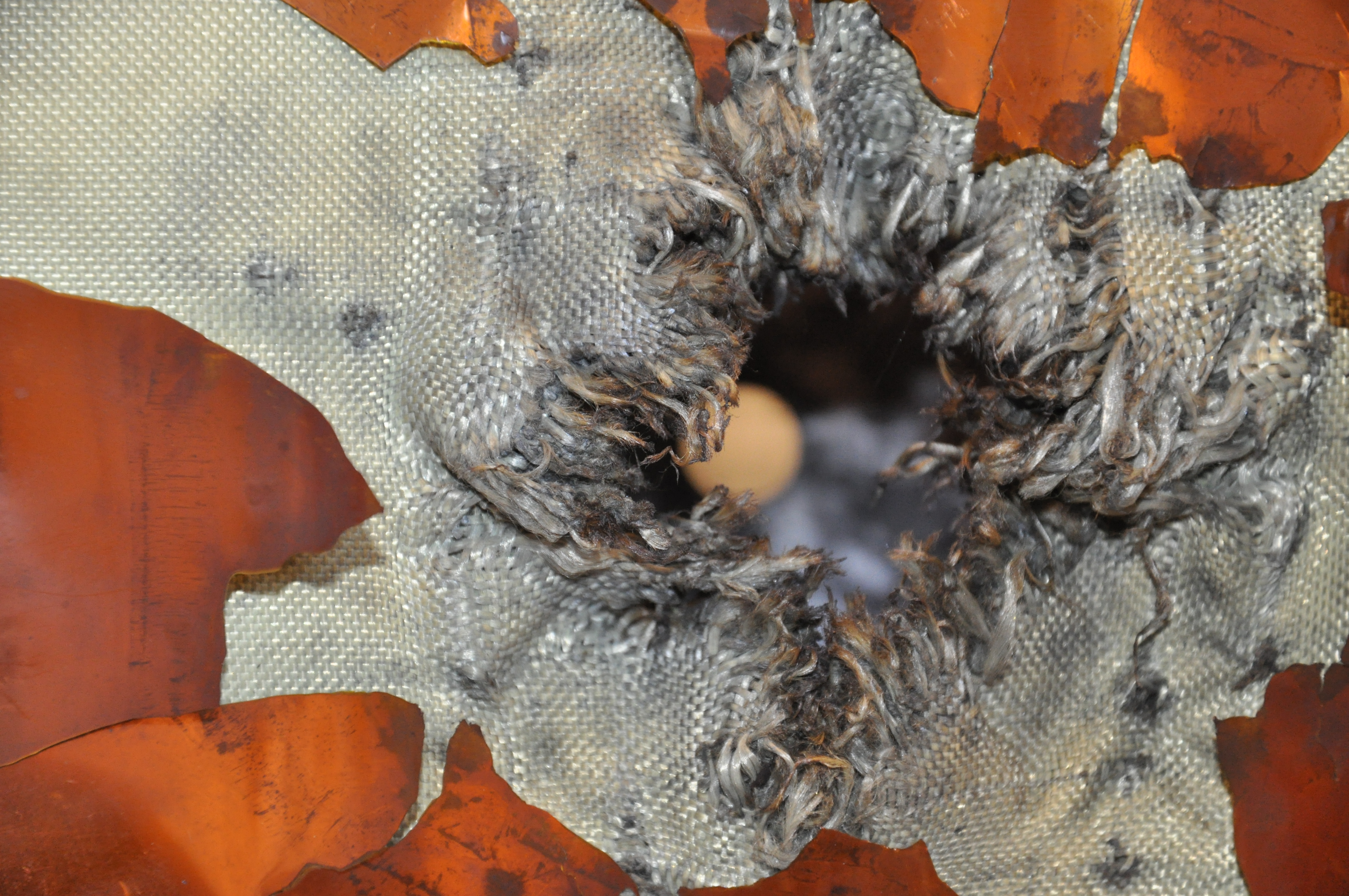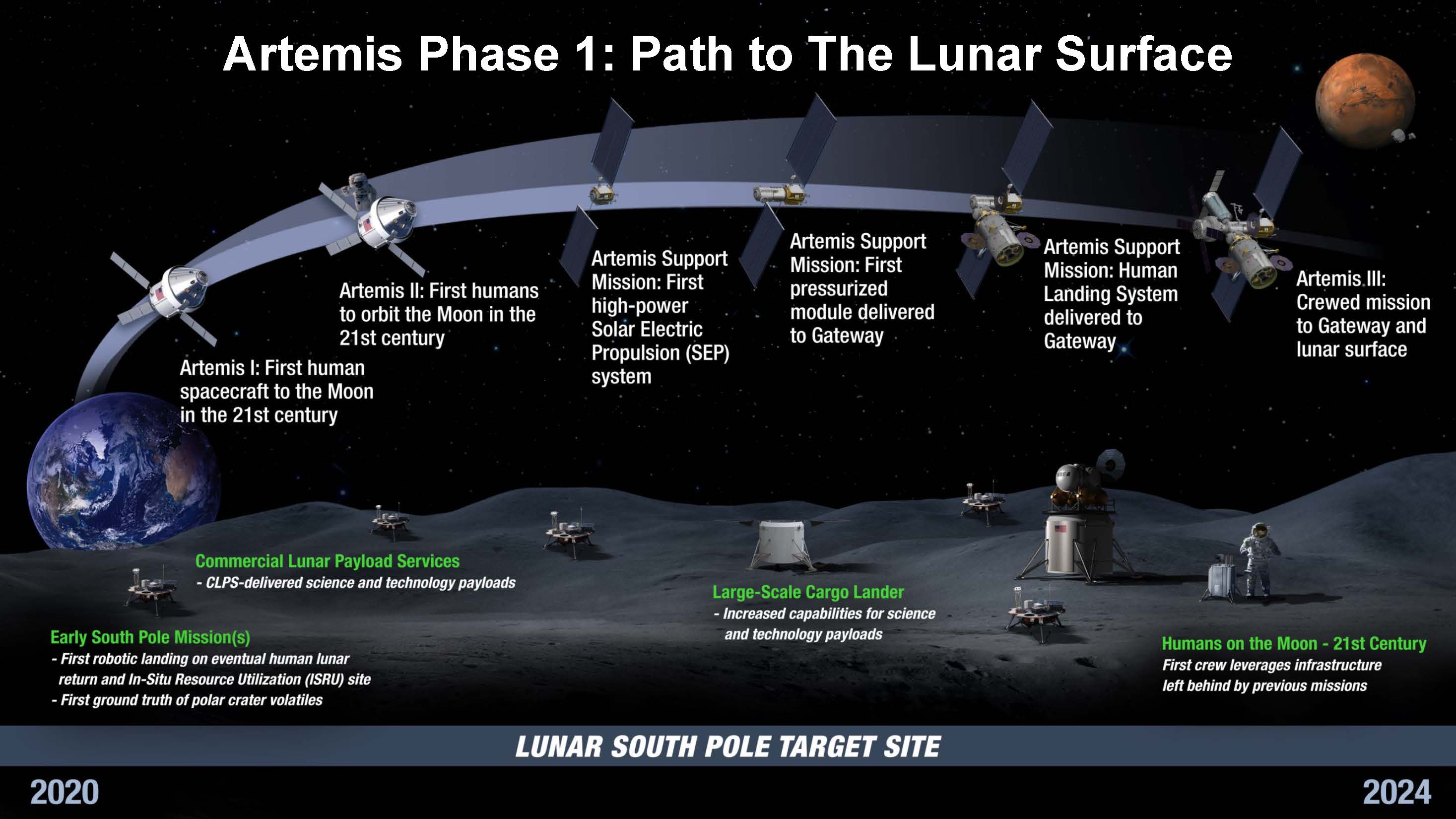|
Lunar I-Hab
The Lunar I-Hab (formerly known as ''International Habitation Module, International Habitat'' or ''I-HAB'') is designed as a habitat module of the Lunar Gateway station, to be built by the European Space Agency (ESA) in collaboration with the Japan Aerospace Exploration Agency, or JAXA.Funding Europe's space ambitions Jeff Foust, ''The Space Review'' December 2019 The I-HAB will have a maximum launch mass of and provide a habitable volume of (the gross pressurized volume is ). Background Concept work on the I-HAB module started in early July 2018 with a consortium of companies led by and including |
Lunar Gateway
The Lunar Gateway, or simply Gateway, is a planned space station which is to be assembled in orbit around the Moon. The Gateway is intended to serve as a communication hub, science laboratory, and habitation module for astronauts as part of the Artemis program. It is a multinational collaborative project: participants include NASA, the European Space Agency (ESA), the Japan Aerospace Exploration Agency (JAXA), the Canadian Space Agency (CSA), and the Mohammed Bin Rashid Space Centre (MBRSC). The Gateway is planned to be the first space station beyond low Earth orbit. However, the Second presidency of Donald Trump, Trump administration has called for ending the Gateway program in its 2026 budget proposal. The science disciplines to be studied on the Gateway are expected to include planetary science, astrophysics, Earth observation, heliophysics, Astrobiology, fundamental space biology, and Health, human health and performance. As of April 2024, construction is underway o ... [...More Info...] [...Related Items...] OR: [Wikipedia] [Google] [Baidu] |
Automated Transfer Vehicle
The Automated Transfer Vehicle, originally Ariane Transfer Vehicle or ATV, was an expendable automated cargo spacecraft, cargo spacecraft developed by the European Space Agency (ESA), used for space cargo transport in 2008–2015. The ATV design was launched to orbit five times, exclusively by the Ariane 5 heavy-lift launch vehicle. It effectively was a larger European counterpart to the Russian Progress (spacecraft), Progress cargo spacecraft for carrying upmass to a single destination—the International Space Station (ISS)—but with three times the capacity. History The five ATVs were named after important European figures in science and engineering: ''Jules Verne ATV, Jules Verne'', ''Johannes Kepler ATV, Johannes Kepler'', ''Edoardo Amaldi ATV, Edoardo Amaldi'', ''Albert Einstein ATV, Albert Einstein'', and ''Georges Lemaître ATV, Georges Lemaître''. Following several delays to the program, the first of these was launched in March 2008. These ATVs performed supply mis ... [...More Info...] [...Related Items...] OR: [Wikipedia] [Google] [Baidu] |
Artemis Program
The Artemis program is a Exploration of the Moon, Moon exploration program led by the United States' National Aeronautics and Space Administration (NASA), formally established in 2017 via Space Policy Directive 1. The program's stated long-term goal is to establish a Moonbase, permanent base on the Moon to facilitate Human mission to Mars, human missions to Mars. It is intended to reestablish a human presence on the Moon for the first time since the Apollo 17 mission in 1972 and continue the direct exploration of Mars begun with data from the Mariner 9 probe in the same year. Two principal elements of the Artemis program are derived from the now-cancelled Constellation program: the Orion (spacecraft), Orion spacecraft (with the European Service Module, ESM instead of a US-built service module) and the Space Launch System's Space Shuttle Solid Rocket Booster#Five-segment booster, solid rocket boosters (originally developed for the Ares V). Other elements of the program, such as ... [...More Info...] [...Related Items...] OR: [Wikipedia] [Google] [Baidu] |
Orion (spacecraft)
Orion (Orion Multi-Purpose Crew Vehicle or Orion MPCV) is a partially reusable crewed spacecraft used in NASA's Artemis program. The spacecraft consists of a Crew Module (CM) space capsule designed by Lockheed Martin that is paired with a European Service Module (ESM) manufactured by Airbus Defence and Space. Capable of supporting a crew of four beyond low Earth orbit, Orion can last up to 21 days undocked and up to six months docked. It is equipped with solar panels, an automated docking system, and glass cockpit interfaces. Orion is launched atop a Space Launch System (SLS) rocket, with a tower launch escape system. Orion was conceived in the early 2000s by Lockheed Martin as a proposal for the Crew Exploration Vehicle (CEV) to be used in NASA's Constellation program and was selected by NASA in 2006. Following the cancellation of the Constellation program in 2010, Orion was extensively redesigned for use in NASA's Journey to Mars initiative; later named Moon to Mars. ... [...More Info...] [...Related Items...] OR: [Wikipedia] [Google] [Baidu] |
Power And Propulsion Element
The Power and Propulsion Element (PPE), previously known as the Asteroid Redirect Vehicle propulsion system, is a planned solar electric ion An ion () is an atom or molecule with a net electrical charge. The charge of an electron is considered to be negative by convention and this charge is equal and opposite to the charge of a proton, which is considered to be positive by convent ... propulsion module being developed by Maxar Technologies for NASA. It is one of the major components of the Lunar Gateway. The PPE will allow access to the entire lunar surface and a wide range of lunar orbits and double as a space tug for visiting craft. The PPE originally started development at the Jet Propulsion Laboratory as a part of the now cancelled Asteroid Redirect Mission, but is now led and managed by the Glenn Research Center, NASA John H. Glenn Research Center, in Cleveland, Ohio. When ARM was cancelled, the solar electric propulsion was repurposed as the PPE for the Gateway. ... [...More Info...] [...Related Items...] OR: [Wikipedia] [Google] [Baidu] |
Roll Out Solar Array
The Roll Out Solar Array (ROSA) and its larger version ISS Roll Out Solar Array (iROSA) are lightweight, flexible solar array, power sources for spacecraft designed and developed by Redwire. This new type of solar array provides much more energy than traditional solar arrays at much less mass. Traditional solar panels used to power satellites are bulky, with heavy panels folded together using mechanical hinges. Given a space-bound payload is limited in its mass and volume by necessity, ROSA is 20 percent lighter (with a mass of ) and one-fourth the volume of rigid panel arrays with the same performance. ROSA is a flexible and rollable solar array that operates the same way a measuring tape unwinds on its spool. The new solar array design rolls up to form a compact cylinder for launch with significantly less mass and volume, potentially offering substantial cost savings as well as an increase in power for satellites. ROSA has a center wing made of a flexible material which suppo ... [...More Info...] [...Related Items...] OR: [Wikipedia] [Google] [Baidu] |
Gateway Logistics Services
The Gateway Logistics Services (acronymized as GLS) will be a series of uncrewed spaceflights to the Lunar Gateway space station, with the purpose of providing logistical services to the Gateway. Overseen by NASA's Gateway Logistics Element, the flights will be operated by commercial providers, contracted by the agency in support of crewed expeditions to the Gateway made under the Artemis program. , SpaceX is the only company contracted to provide the services. Development The Gateway Logistics Services were modeled after previous ventures by NASA with commercial providers, such as the Commercial Resupply Services to the International Space Station and the Commercial Crew Program. Through the services, the Gateway will be provided with supplies, scientific instruments, and elements of the Artemis program architecture. NASA first sought input from the private sector on a procurement framework through a Sources Sought Notice published in October 2018. After a framework was appro ... [...More Info...] [...Related Items...] OR: [Wikipedia] [Google] [Baidu] |
Virtual Reality
Virtual reality (VR) is a Simulation, simulated experience that employs 3D near-eye displays and pose tracking to give the user an immersive feel of a virtual world. Applications of virtual reality include entertainment (particularly video games), education (such as medical, safety, or military training) and business (such as virtual meetings). VR is one of the key technologies in the Reality–virtuality continuum, reality-virtuality continuum. As such, it is different from other digital visualization solutions, such as augmented virtuality and augmented reality. Currently, standard virtual reality systems use either virtual reality headsets or multi-projected environments to generate some realistic images, sounds, and other sensations that simulate a user's physical presence in a virtual environment. A person using virtual reality equipment is able to look around the artificial world, move around in it, and interact with virtual features or items. The effect is commonly creat ... [...More Info...] [...Related Items...] OR: [Wikipedia] [Google] [Baidu] |
European Astronaut Centre
The European Astronaut Centre (EAC) (German: Europäisches Astronautenzentrum, French: Centre des astronautes européens), is an establishment of the European Space Agency and home of the European Astronaut Corps. It is near to Cologne, Germany, and is subdivided into six separate arms, these being Astronaut Training, Space Medicine, Astronaut Management, Human Exploration of the Moon as part of the Spaceship EAC initiative and Communications. It provides training facilities for European and international partner astronauts (including a neutral buoyancy pool), particularly regarding ESA hardware for the International Space Station, ISS such as Columbus (ISS module), Columbus and formerly the Automated Transfer Vehicle, ATV. The overall European Astronaut Centre organisation is also in charge of the organisation of the training of European astronauts in the centers of other partners, such as the United States (Lyndon B. Johnson Space Center, NASA Johnson Space Center), Russia (Star ... [...More Info...] [...Related Items...] OR: [Wikipedia] [Google] [Baidu] |
Canadian Space Agency
The Canadian Space Agency (CSA; ) is the national space agency of Canada, established in 1990 by the ''Canadian Space Agency Act''. The President of the Canadian Space Agency, president is Lisa Campbell (civil servant), Lisa Campbell, who took the position on September 3, 2020. The agency is responsible to the Minister of Innovation, Science and Industry, minister of innovation, science and industry. The CSA's headquarters are located at the John H. Chapman Space Centre in Longueuil, Quebec. The agency also has offices in Ottawa, Ontario, and small liaison offices in Houston, Washington, D.C., Washington, and Paris. History The origins of the Canadian upper atmosphere and space program can be traced back to the end of the World War II, Second World War. Between 1945 and 1960, Canada undertook a number of small launcher and satellite projects under the aegis of defence research, including the development of the Black Brant (rocket), Black Brant rocket as well as series of advance ... [...More Info...] [...Related Items...] OR: [Wikipedia] [Google] [Baidu] |
NASA
The National Aeronautics and Space Administration (NASA ) is an independent agencies of the United States government, independent agency of the federal government of the United States, US federal government responsible for the United States's civil list of government space agencies, space program, aeronautics research and outer space, space research. National Aeronautics and Space Act, Established in 1958, it succeeded the National Advisory Committee for Aeronautics (NACA) to give the American space development effort a distinct civilian orientation, emphasizing peaceful applications in space science. It has since led most of America's space exploration programs, including Project Mercury, Project Gemini, the 1968–1972 Apollo program missions, the Skylab space station, and the Space Shuttle. Currently, NASA supports the International Space Station (ISS) along with the Commercial Crew Program and oversees the development of the Orion (spacecraft), Orion spacecraft and the Sp ... [...More Info...] [...Related Items...] OR: [Wikipedia] [Google] [Baidu] |






